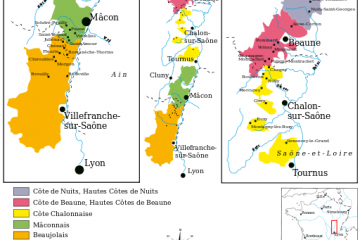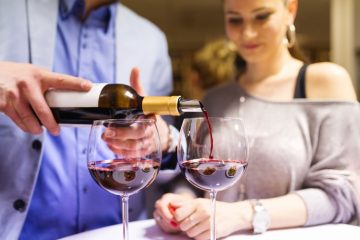Making the perfect gin & tonic might seem simple. However after painstakingly visiting different bars – purely in the interests of research – we have seen too many times how making a bad gin & tonic has become acceptable. Alas, low standards turn a wonderful drink into something really quite third rate. So from getting your gin and tonic proportions right to avoiding tall glasses for gin and tonic, here’s the best of our advice.
Getting the Correct Gin and Tonic Proportions:
To properly find the right proportions, we’d have to conduct hundreds of taste tests. Of course, they’d have to be repeated for each brand of gin, and independently corroborated. While such tests are best done ‘blind’, it’s more likely that they’d leave us blind instead. Thankfully the Telegraph magazine has done the hard work for us with their insightful article.
Using their advice, try a ratio of 1:2 gin to tonic, including melt water from the ice. The stronger the gin you use, the more tonic you’ll need, as the best G&T will only be about 14% alcohol.
Are you a Gin Lover? Click here to download a free ebook and unlock a wealth of gin knowledge
The 5 Top Mistakes:
1. Using tall glasses for gin and tonic!
A bar’s standard tall glasses are for drinking other kinds of beverages – not a gin & tonic. Yet in a balloon glass gin and tonic can display more of its aromas, and with a balloon glass gin gives off more of its botanical flavours.
2. Using small sized or low quality ice cubes
The ice cubes in a gin & tonic must cool the beverage without diluting it. Small sized or not very compact ice cubes really waters down a gin & tonic. At the same time, make sure to avoid ice cubes with an unpleasant smell. That’s is why you should never use tap water ice cubes but instead make them from bottled water. Alternatively, you could even buy ice cubes at a petrol station or at the supermarket.
3. Pouring too much gin
This is the most common mistake when making a gin & tonic. You should pour the exact quantity of gin so that the end drink will not taste too much of alcohol. The correct gin and tonic proportions should be 1 part of gin and 4 parts of tonic water.
4. Shaking the tonic water
This alcoholic travesty is a current trend. It may be a “spectacular” part of the bartender’s showmanship, but the process breaks the bubbles. This kills the tonic water’s fizzy, refreshing character.
5. Adding lemon juice
Adding lemon juice to the gin & tonic is a schoolboy error as the lemon juice also breaks the tonic water bubble. Just remember that the lemon’s skin is full of essential oils. You can add these to the drink by taking a sliver of peel, and giving it a twist over the drink, perfuming the glass with lemon. Then let the garnish bathe in the G&T to infuse the flavour without foiling the fizz.
With this simple advice, you can create much better gin & tonics to delight your guests.
[cta_generico id=4111]



2 Comments
Nick Denney · 27/08/2018 at 19:45
Using tall glasses is FAR FAR better for serving Gin and Tonic for two reasons. Firstly the Ice will melt far slower than in a ‘Fishbowl’ style G&T glass, and secondly the tonic will retain its fizz far longer.
INVINIC · 28/08/2018 at 08:05
Hi Nick, thanks for your input!